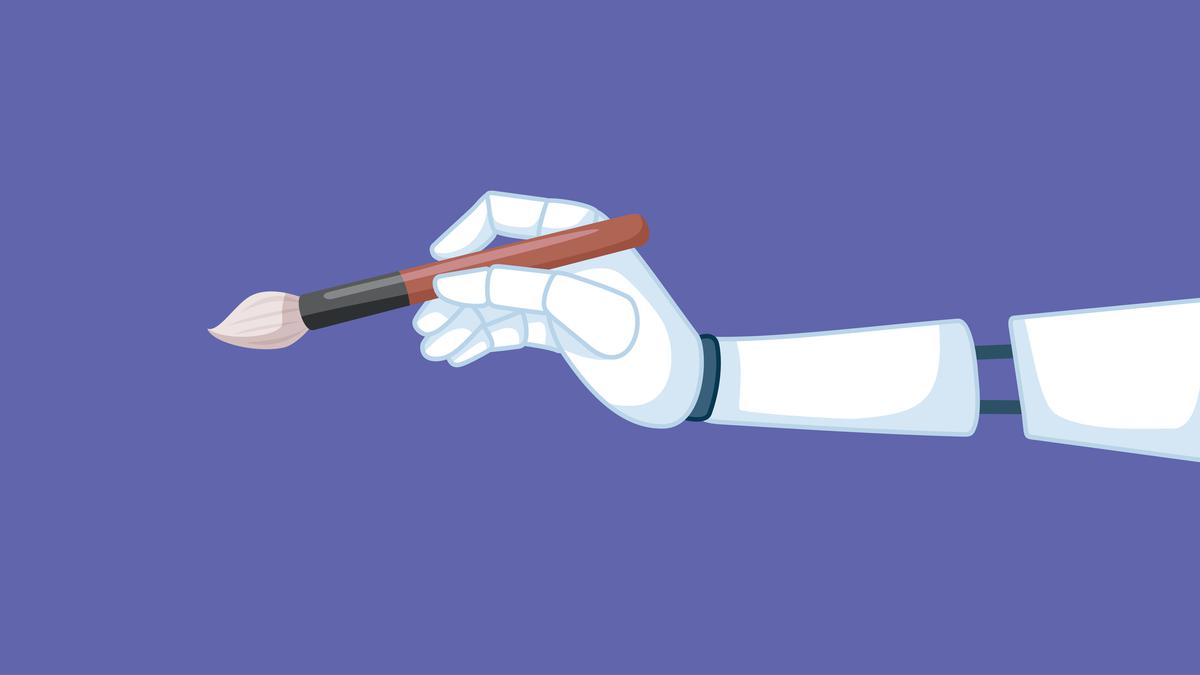Unveiling OpenAI's Sora: Video Generator Analysis
Core Concepts
OpenAI introduces Sora, a cutting-edge video generator, revolutionizing content creation with AI technology.
Abstract
OpenAI has developed Sora, an advanced AI model capable of creating high-quality videos based on text prompts. Named after the Japanese word for sky, Sora utilizes diffusion models to generate photorealistic images and videos. While showcasing impressive results, there are concerns regarding object tracking accuracy and potential misuse for spreading misinformation.
Customize Summary
Rewrite with AI
Generate Citations
Translate Source
To Another Language
Generate MindMap
from source content
Visit Source
www.thehindu.com
Why OpenAI’s new video generator, Sora, is making a splash | Explained
Stats
OpenAI CEO Sam Altman announced the AI model on Thursday through X (formerly Twitter).
The video creation AI model, called Sora, is trained on videos and images of various durations, resolutions, and aspect ratios.
Sora can create images and videos with near-accuracy on a given subject.
The video clips generated by Sora are photorealistic but show limitations in object tracking.
OpenAI plans to start sharing the model with third-party testers to receive feedback for improvement.
Quotes
"One of the most fascinating things [about] Sora’s weird physics glitches is most of these are not things that appear in the data." - Gary Marcus
Key Insights Distilled From
by Authors at www.thehindu.com 02-19-2024
https://www.thehindu.com/sci-tech/technology/why-openais-new-video-generator-sora-is-making-a-splash-explained/article67861550.ece
Deeper Inquiries
How can advancements in generative AI like Sora impact industries beyond video creation?
Advancements in generative AI, exemplified by tools like Sora, have the potential to revolutionize various industries beyond video creation. In fields such as advertising and marketing, these technologies can streamline content production processes, enabling rapid generation of high-quality visuals for campaigns. In architecture and design, generative AI can aid in creating realistic visualizations of projects before they are built, saving time and resources. Additionally, in education, such tools could enhance learning experiences through interactive simulations and visual aids generated on-the-fly based on textual inputs.
Moreover, the entertainment industry stands to benefit significantly from photorealistic generative AI. Video game developers could use these technologies to create immersive virtual worlds with lifelike graphics without extensive manual labor. Similarly, filmmakers may leverage AI-generated scenes for pre-visualization or even incorporate them seamlessly into final productions.
Overall, the impact of advanced generative AI extends far beyond video creation alone; it has the potential to transform workflows across diverse sectors by automating content generation tasks and unlocking new creative possibilities.
Is it ethical for companies like OpenAI to potentially use copyrighted material in training their AI models?
The ethical implications of using copyrighted material in training AI models raise complex considerations regarding intellectual property rights and fair use practices. While leveraging existing data sources such as game engines or movies may accelerate model development and improve performance outcomes like those seen with Sora's impressive capabilities, concerns arise around unauthorized usage of protected content.
From an ethical standpoint, transparency about data sourcing is crucial for accountability and ensuring compliance with copyright laws. Companies like OpenAI must navigate this issue carefully by obtaining proper permissions or utilizing openly available datasets that align with legal guidelines. Failure to do so risks infringing upon creators' rights and undermining trust within the broader community.
Ultimately, a balance must be struck between innovation-driven progress facilitated by diverse training data sources and respecting intellectual property protections upheld by copyright regulations.
How can society address the challenges posed by the potential misuse of photorealistic generative AI tools?
Addressing the challenges associated with potential misuse of photorealistic generative AI tools requires a multi-faceted approach encompassing technological safeguards, regulatory frameworks, public awareness campaigns, and industry collaboration.
One key strategy involves developing robust detection mechanisms within these tools themselves to identify manipulated content accurately. Implementing stringent validation checks during output generation stages can help mitigate misinformation dissemination through fake videos created using such technology.
Furthermore,
establishing clear guidelines
and standards for responsible deployment
of generative AI across different sectors is essential.
Regulatory bodies should work closely
with tech companies
to enforce compliance measures
that deter malicious actors from abusing these capabilities.
Educating users about recognizing synthetic media,
encouraging critical thinking skills,
and promoting media literacy initiatives are vital steps towards empowering individuals against deceptive practices enabled by deepfake technologies.
Collaboration among stakeholders including governments,
tech firms,
media organizations,
and civil society groups is paramount
in fostering a collective response
to combatting misinformation propagated through photorealistic generative AIs.
By fostering a culture of vigilance,
transparency,
and accountability surrounding these advancements,
society can better safeguard against their detrimental impacts on truthfulness
and societal cohesion
0
